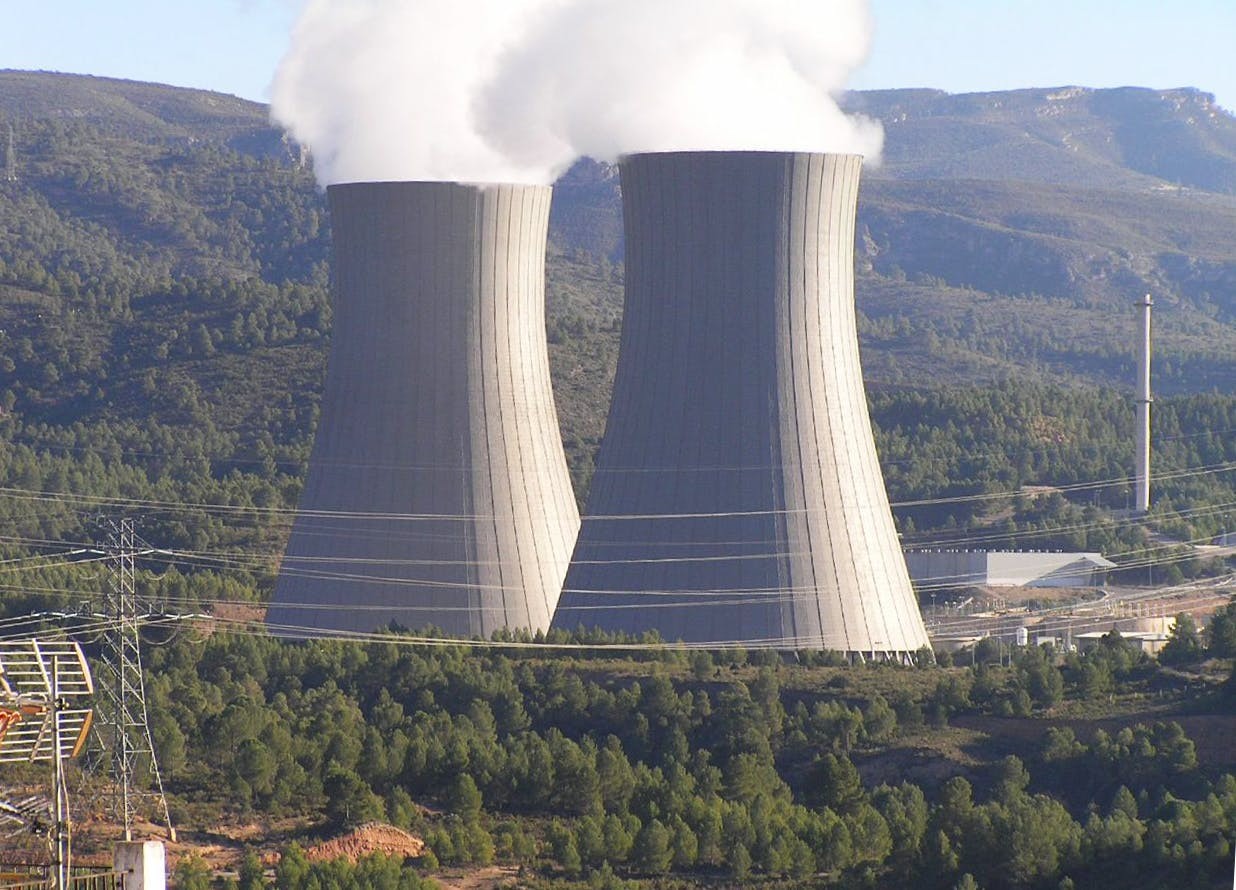Nuclear energy is often touted as a clean energy solution. However, a deeper look reveals significant drawbacks. This article explores seven major problems with nuclear energy that raise serious questions about its viability as a sustainable and safe alternative to fossil fuels.
1. Extensive Planning and Construction Time
Nuclear power plants are notorious for lengthy planning and construction processes, often spanning 10-19 years or more. This delay poses a significant obstacle to rapidly addressing climate change, as millions of deaths from fossil fuel-related air pollution could occur during this extended timeframe. Renewable energy projects, like wind and solar, have significantly shorter timelines, allowing for quicker implementation and faster reductions in emissions.
2. Prohibitive Costs
The levelized cost of energy (LCOE) for nuclear power is substantially higher than that of renewable alternatives like onshore wind and utility-scale solar. Moreover, this cost often fails to account for potential expenses associated with nuclear meltdowns, long-term waste storage, and decommissioning. The economic viability of nuclear power faces significant challenges compared to more cost-effective renewable options.
3. Nuclear Weapons Proliferation
The use of nuclear materials in energy production raises concerns about potential diversion for weapons development. The enrichment of uranium for nuclear fuel can also be used to create weapons-grade material, posing a serious threat to global security. This risk is acknowledged by the Intergovernmental Panel on Climate Change (IPCC) as a significant barrier to nuclear energy expansion.
4. Catastrophic Meltdown Risk
The history of nuclear power includes several catastrophic meltdowns, highlighting the inherent risks associated with this technology. Accidents like Chernobyl and Fukushima demonstrate the devastating consequences of nuclear reactor failures. While new reactor designs claim improved safety features, the potential for human error, natural disasters, or acts of terrorism remains a concern.
5. Uranium Mining and Health Hazards
Uranium mining exposes workers to dangerous levels of radon gas, significantly increasing the risk of lung cancer and other respiratory illnesses. This occupational hazard is a stark contrast to renewable energy sources that do not require continuous mining operations and pose fewer health risks to workers.
6. Carbon Emissions and Environmental Impact
Contrary to popular belief, nuclear power is not entirely emission-free. The mining, processing, and transportation of uranium contribute to greenhouse gas emissions. Additionally, nuclear plants release water vapor and heat, further impacting the environment. Renewable energy sources offer a cleaner alternative with significantly lower carbon footprints.
7. Radioactive Waste Disposal
Nuclear power generates radioactive waste that requires safe and secure storage for thousands of years. The long-term management of this waste poses significant technical and financial challenges, with no permanent disposal solution currently available. The risk of leaks and environmental contamination remains a major concern for future generations.
Conclusion
The seven problems outlined above demonstrate that nuclear energy faces significant challenges as a viable solution to climate change. The high costs, lengthy construction times, safety risks, and waste disposal issues raise serious concerns. Renewable energy technologies offer a safer, cleaner, and more sustainable path towards a carbon-free future.
